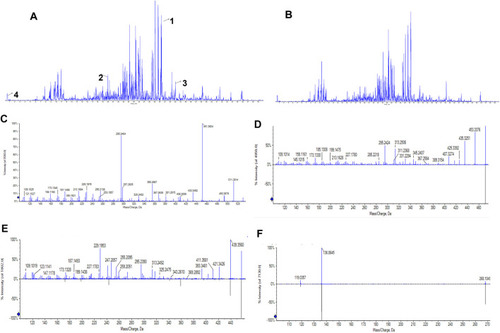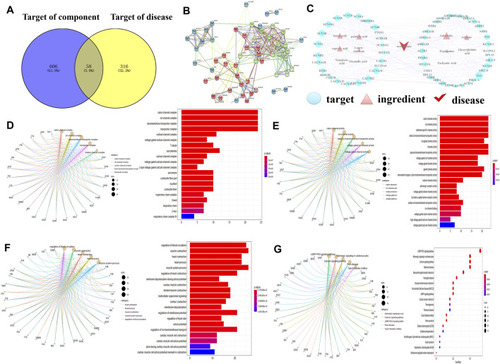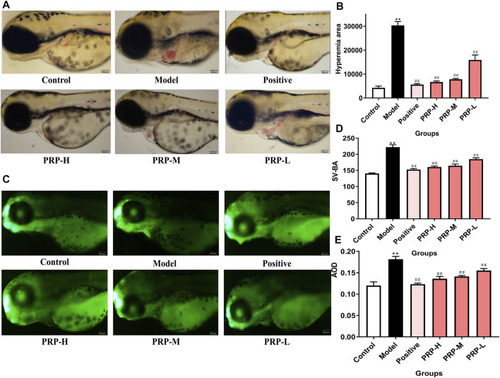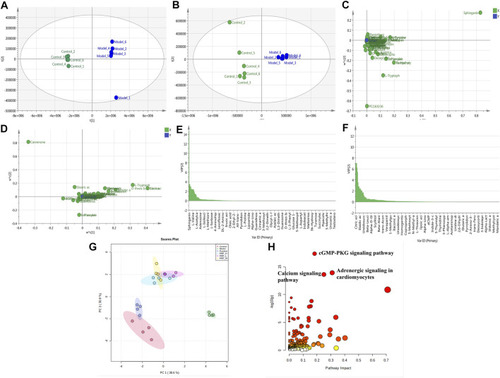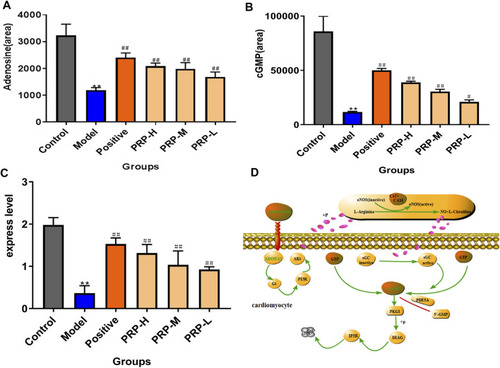- Title
-
Poria cum Radix Pini Rescues Barium Chloride-Induced Arrhythmia by Regulating the cGMP-PKG Signalling Pathway Involving ADORA1 in Zebrafish
- Authors
- Yang, N.J., Liu, Y.R., Tang, Z.S., Duan, J.A., Yan, Y.F., Song, Z.X., Wang, M.G., Zhang, Y.R., Chang, B.J., Zhao, M.L., Zhao, Y.T.
- Source
- Full text @ Front Pharmacol
|
UPLC/Q-TOF-MS total ion current chromatogram of the PRP alcohol extract. |
|
Network pharmacology prediction results. |
|
The effect of PRP on the heart development of zebrafish embryos following barium chloride treatment. |
|
Effects of PRP on metabolite alterations induced by barium chloride in zebrafish embryos. R2Y = 0.999, Q2 = 0.995 in positive ion mode; R2Y = 0.986, Q2 = 0.984 in negative ion mode; |
|
PRP-mediated regulation of the levels of adenosine and cGMP metabolites and the expression level of ADORA1 in the cGMP-PKG signalling pathway. |

